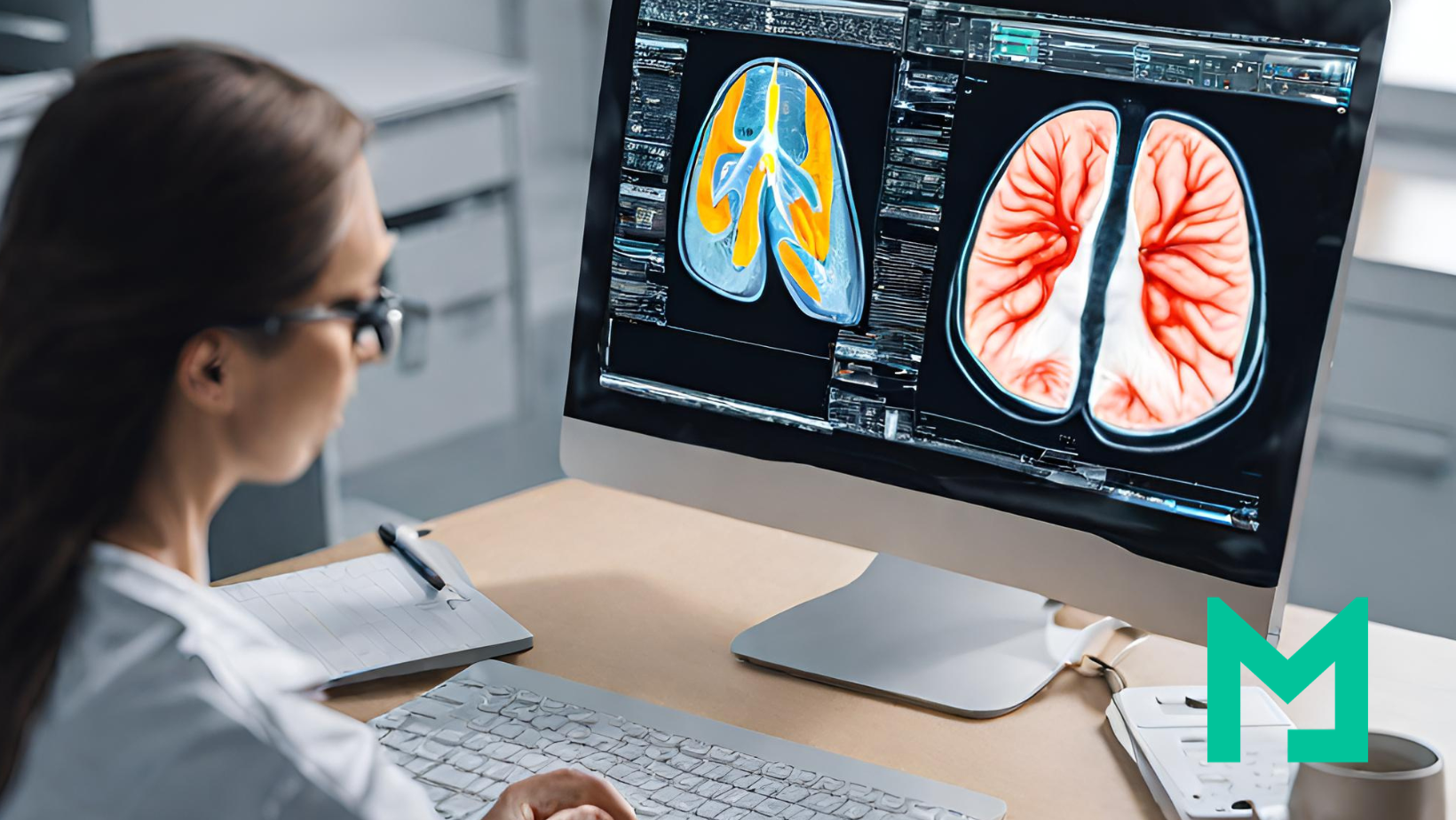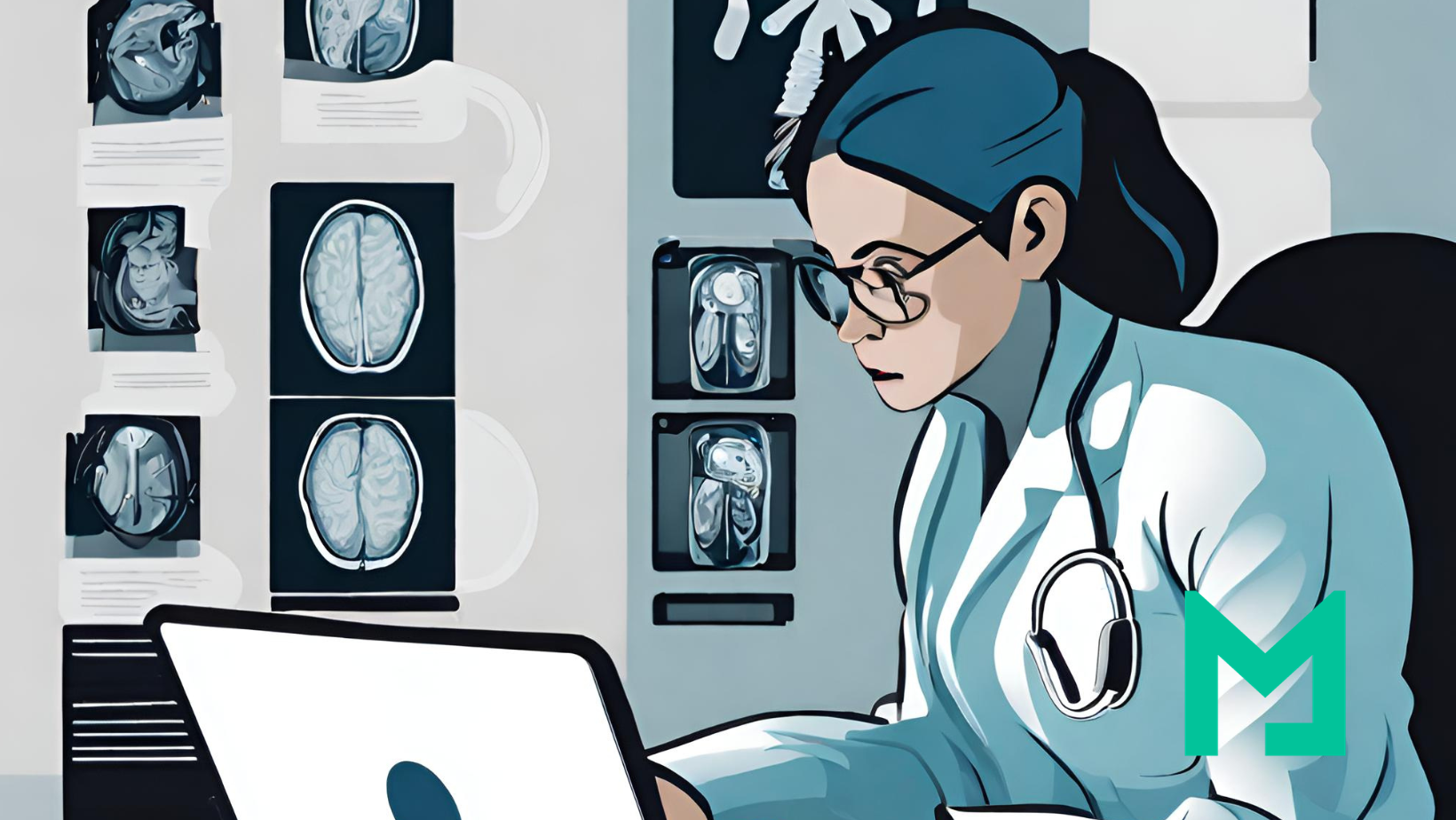In the ever-evolving landscape of healthcare technology, Picture Archiving and Communication Systems (PACS) have emerged as integral components in the management and accessibility of medical imaging data. This blog post aims to demystify the workings of PACS systems, shedding light on their functionality, benefits, and their pivotal role in modern healthcare.
Understanding PACS
PACS, or Picture Archiving and Communication Systems, is a comprehensive solution designed to streamline the storage, retrieval, distribution, and presentation of medical images. These images can include X-rays, CT scans, MRIs, and more. PACS replaces traditional film-based systems with digital methods, allowing for more efficient and accessible image management.

Key Components of PACS
-
Image Acquisition:
The PACS process begins with the acquisition of medical images through various imaging modalities, such as X-ray machines, MRI scanners, or CT scanners. These devices capture digital images, marking the departure from traditional film-based methods.
-
Image Storage:
Once acquired, the digital images are transferred to the PACS server for storage. PACS employs a secure and scalable database system to organize and store vast amounts of medical imaging data. This digital storage eliminates the need for physical film archives, saving space and reducing the risk of damage or loss.
-
Image Retrieval and Distribution:
PACS systems enable healthcare professionals to retrieve stored images quickly and efficiently. This accessibility is crucial for timely diagnoses and treatment planning. Furthermore, PACS facilitates the distribution of images to authorized users across different departments or even different geographical locations, fostering seamless collaboration.
-
Viewing and Analysis:
PACS provides advanced viewing and analysis tools for healthcare professionals. Radiologists and clinicians can access the images on dedicated workstations, laptops, or even mobile devices, allowing for flexibility and convenience. These viewing tools often include features for zooming, rotating, and annotating images, aiding in accurate diagnostics.
Integration with Electronic Health Records (EHR):
To ensure a comprehensive patient record, PACS integrates seamlessly with Electronic Health Records (EHR). This integration allows healthcare providers to access both imaging data and patient medical history in one centralized system, promoting a holistic approach to patient care.
VNA vs PACS: Understanding the Distinction
While PACS focuses on the storage and accessibility of medical images, it's essential to distinguish it from Vendor Neutral Archives (VNA). PACS primarily deals with the workflow and viewing aspects of medical imaging, providing tools for image analysis and collaboration. On the other hand, VNA emphasizes the long-term storage and management of medical data, aiming for format neutrality and interoperability. Together, PACS and VNA create a comprehensive ecosystem, ensuring the seamless integration and accessibility of medical imaging data throughout its lifecycle.

Advantages and Disadvantages of PACS Software in Medical Imaging
Advantages:
-
Efficiency Boost: PACS systems significantly enhance the efficiency of medical imaging workflows, allowing for quick retrieval, viewing, and distribution of images.
-
Cost Savings: The transition from film to digital reduces costs associated with film and physical storage space. It also minimizes the risk of lost or damaged films.
-
Enhanced Collaboration: PACS facilitates collaboration among healthcare professionals by enabling the sharing of images and diagnostic information across departments and locations.
Disadvantages:
-
Initial Implementation Costs: The upfront costs of implementing a PACS system, including hardware, software, and training, can be substantial.
-
Learning Curve: Healthcare professionals may require time to adapt to the new digital workflow, potentially impacting productivity during the initial stages.
Integration Challenges: Ensuring seamless integration with existing systems, including Electronic Health Records (EHR), can present challenges that need to be addressed for optimal functionality.
Medicai vs traditional PACS systems
Unlike traditional PACS systems, Medicai offers a more agile and scalable solution, allowing healthcare professionals to adapt effortlessly to evolving technological landscapes.
Its lightweight design ensures faster implementation, reducing the time and resources required for setup. The modular approach of Medicai enables customization according to specific organizational needs, promoting a more tailored and efficient workflow.
By being decentralized and cloud-based, Medicai ensures secure and accessible storage, eliminating the limitations of physical infrastructure.
The decentralized nature also enhances collaboration, enabling seamless communication and information exchange among healthcare professionals across various locations.
In essence, Medicai represents the future of medical imaging software, combining the benefits of innovation, flexibility, and advanced collaboration to enhance patient care and streamline healthcare processes.


